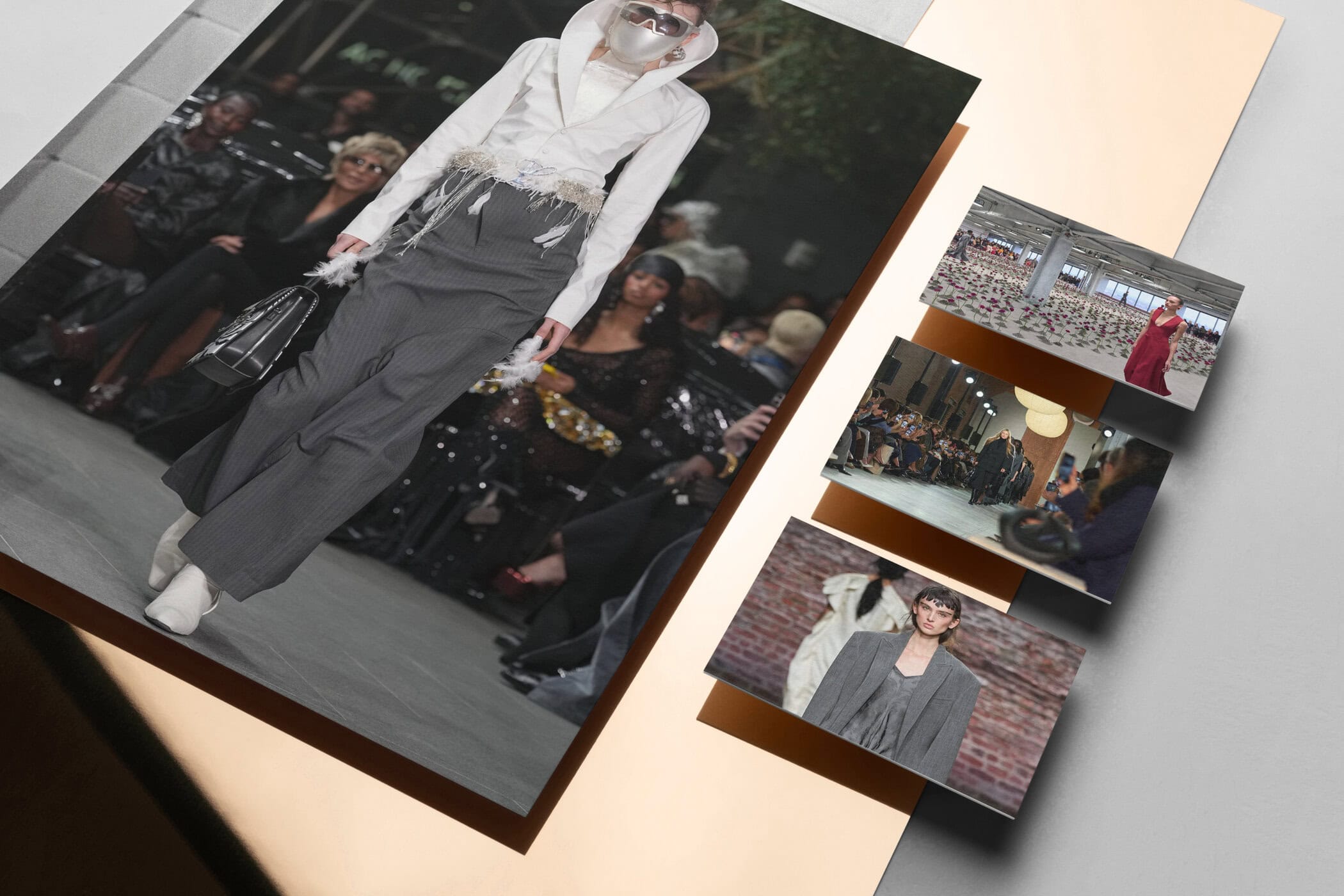Reckoning With Financial Difficulty and Creative Homogeneity in a Week That Offered Unique Challenges – and Unique Energy
By Mark Wittmer & Mackenzie Richard
The arrival of two winter storms wasn’t the only thing that cast a cold shadow over New York this season: with designer departures, an increasing sense of sameness in design, and the city’s unique financial and logistical challenges the Fall 2025 season’s biggest questions were as much about the viability of the week itself as about the direction in which American fashion is moving.
Nonetheless, there were beacons of energy and hope amid the challenges. New York has always been a hotbed of creative energy, and emerging brands and longtime stalwarts alike showed us glimpses of what the way forward might look like.
Key Takeaways
- A Quiet Season with Major Absences: Several key brands took the season off, while others opted to show in cities like Paris that have more international attention and offer greater logistical and economic access.
- Caution in an Uncertain Industry Landscape: Many of the biggest collections followed a safe and similar design perspective of commercial polish and trend-focused minimalism, without offering too much in the way of innovation or a creative point of view.
- Community and Creativity: Despite the sense of sameness on some of the biggest runways, New York continues to be a hotbed for talent both emerging and long-established. These alternative visions offer an exciting way forward that draws on new approaches to crafting communicating a collection.
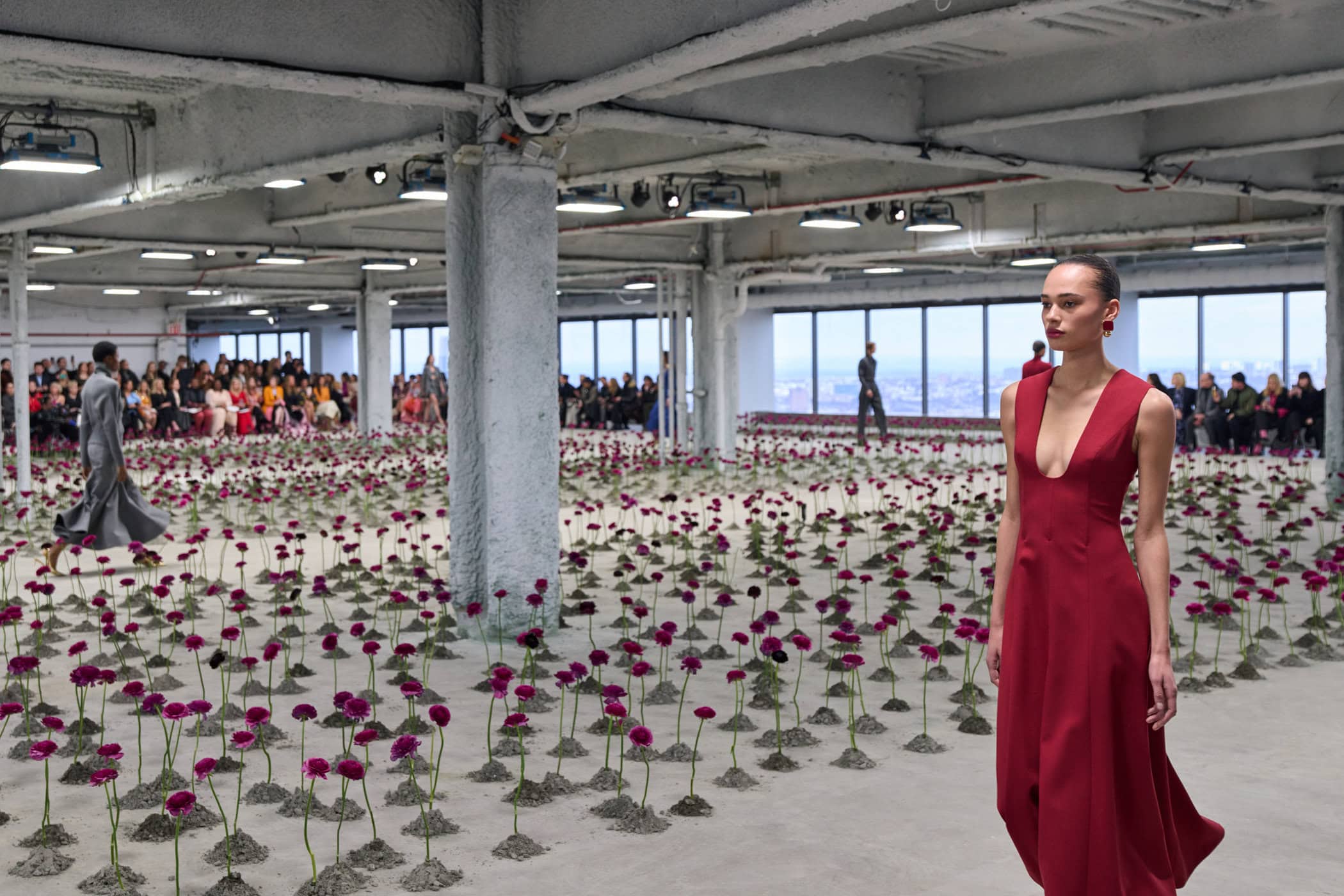
One of the primary issues that was felt this week was the sheer inconsistency of the schedule across seasons. Tentpole brands like Ralph Lauren and Tommy Hilfiger took the season off, as did Helmut Lang and Proenza Schouler, who are both amid changes in creative leadership. Willy Chavarria, who has quickly emerged as one of the city’s most in-demand young designers, opted to head to Paris instead.
But can we blame these brands for leaving? The data shows that Paris fashion week, for example, generates more than twice as much earned media value as New York. Combine that with the fact that New York is the most expensive city – both for the brands showing there and for the editors traveling to attend the shows – and it’s understandable why many brands would perceive the financial risk of staging as greater than the reward.
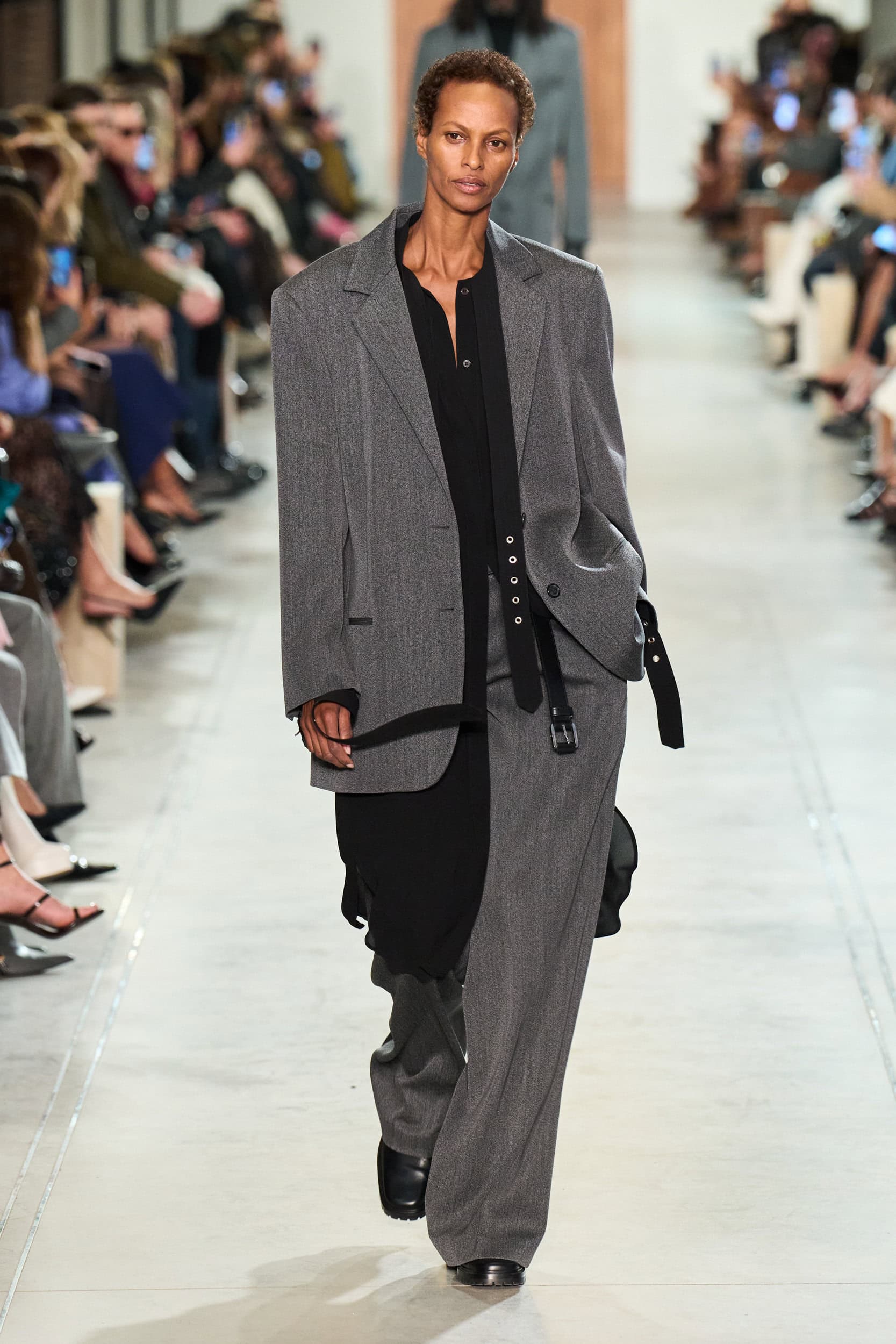
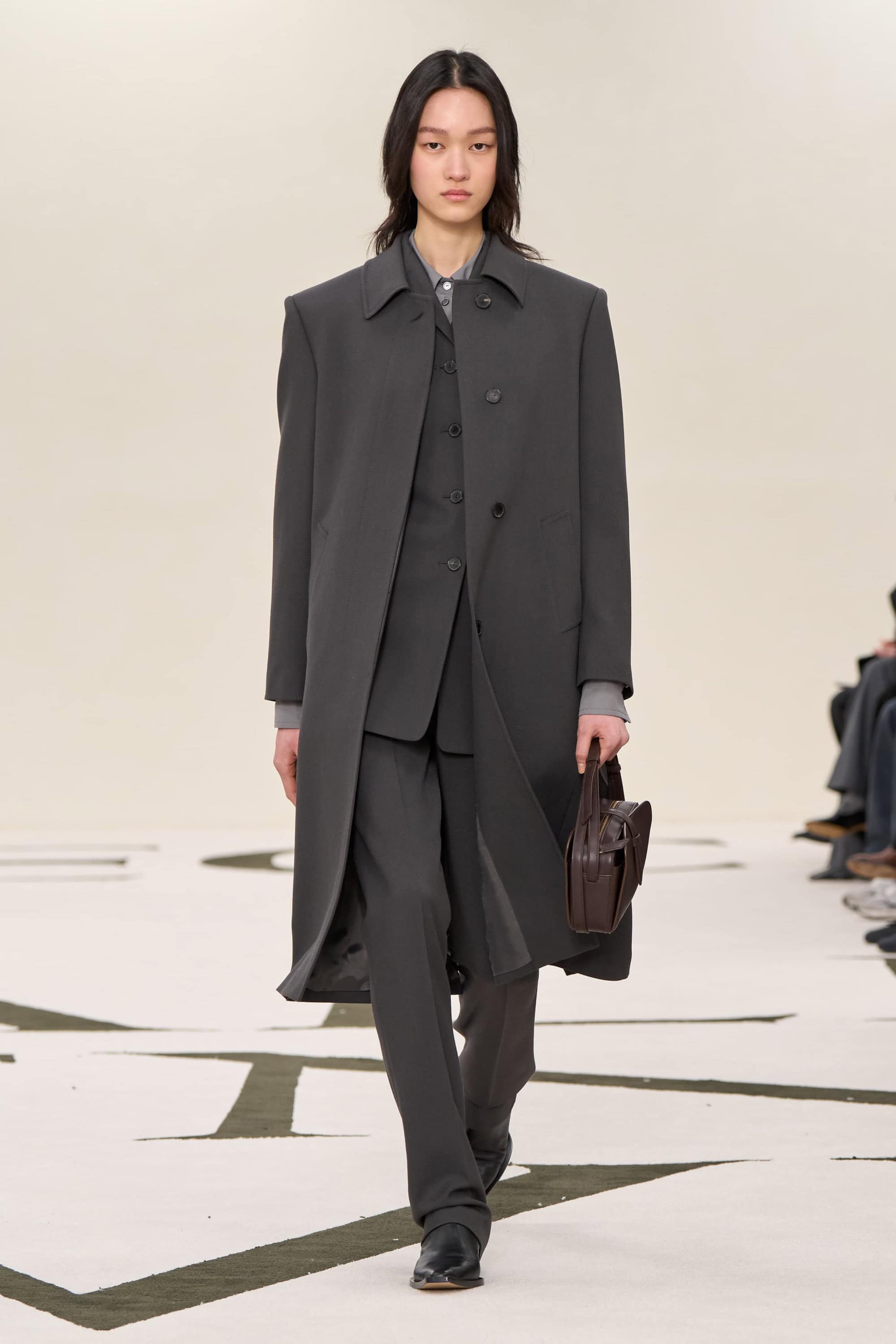
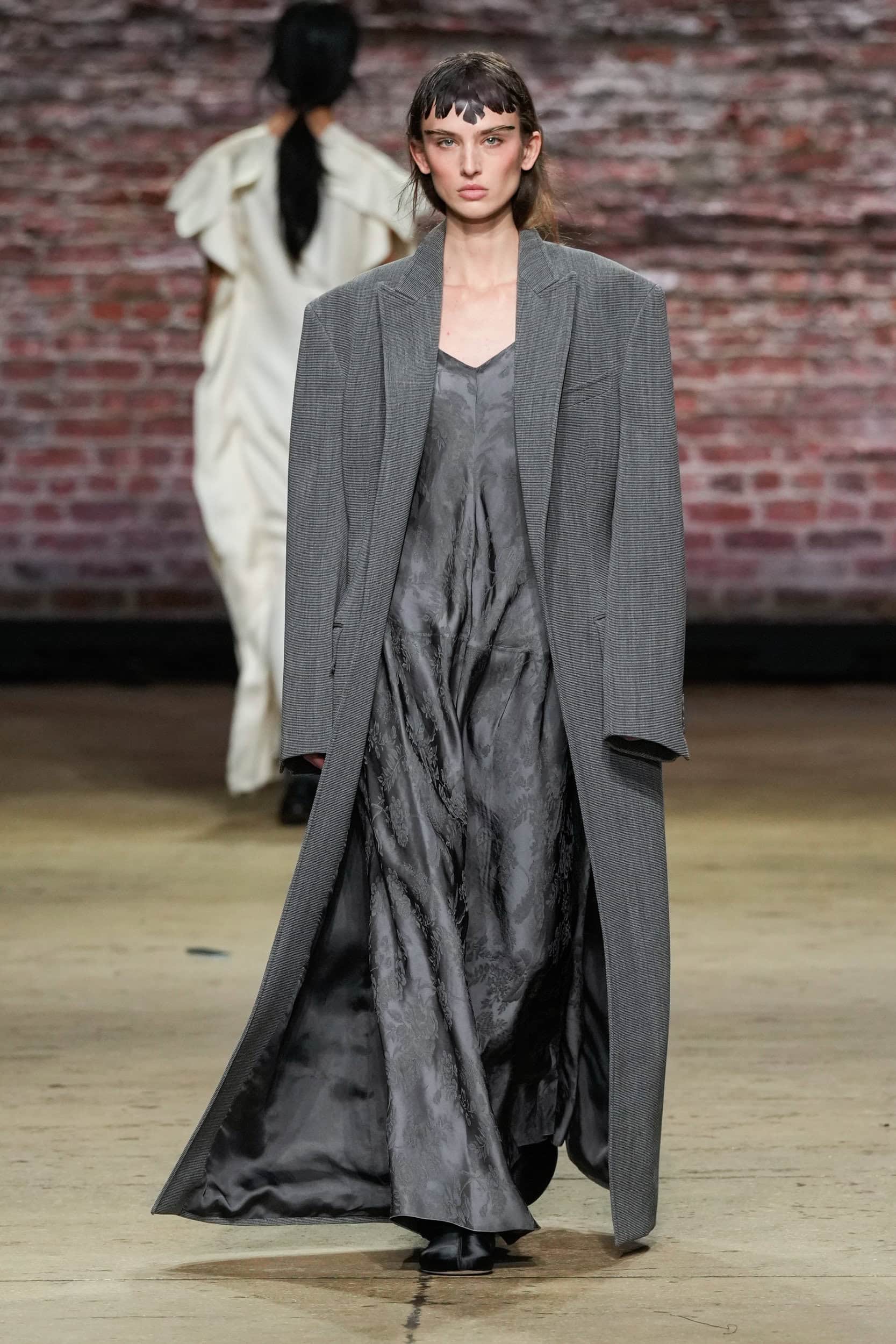
When it comes to the major brands that did stay, we weren’t in for too many surprises. Michael Kors offered a sensible and safe vision of everyday power dressing, while Veronica Leoni’s much-anticipated debut for Calvin Klein collection, though it laid a strong foundation, didn’t do enough to stand out in a market that is already saturated with The Row lookalikes.
There’s nothing wrong with quiet luxury, and clean and classic does sell – but these brands are starting to whisper so quietly that we can hardly hear what they have to say.
Still, there was energy and innovation to be had at New York – we just had to look a little harder to find it. The city maintains its reputation as a hotbed for emerging talent, as well as continuing to foster a tight-knit community of brands that successfully occupy a space between emerging and major. While the first collection from new creative director Frances Howie at Fforme did play directly into the oversized tailored outerwear trend that we saw across the week (and in street style as well), it also showed some exciting textural innovation and a more forward-thinking energy. With his brand Luar, Raul Lopez has continued to raise one of the most distinct voices at New York with his blend of avant-garde structures and streetwear, and his show was probably the most energetic of the week – as well as the closest thing to a political statement with its vibrant affirmation of queer pride. Anna Sui has been New York’s not-so-hidden gem for decades, and she continued to masterfully style her own history-crossing opulence. Collina Strada further emphasized her commitment to sustainability while evolving her vibrantly expressive design practice through upcycling thrifted materials.
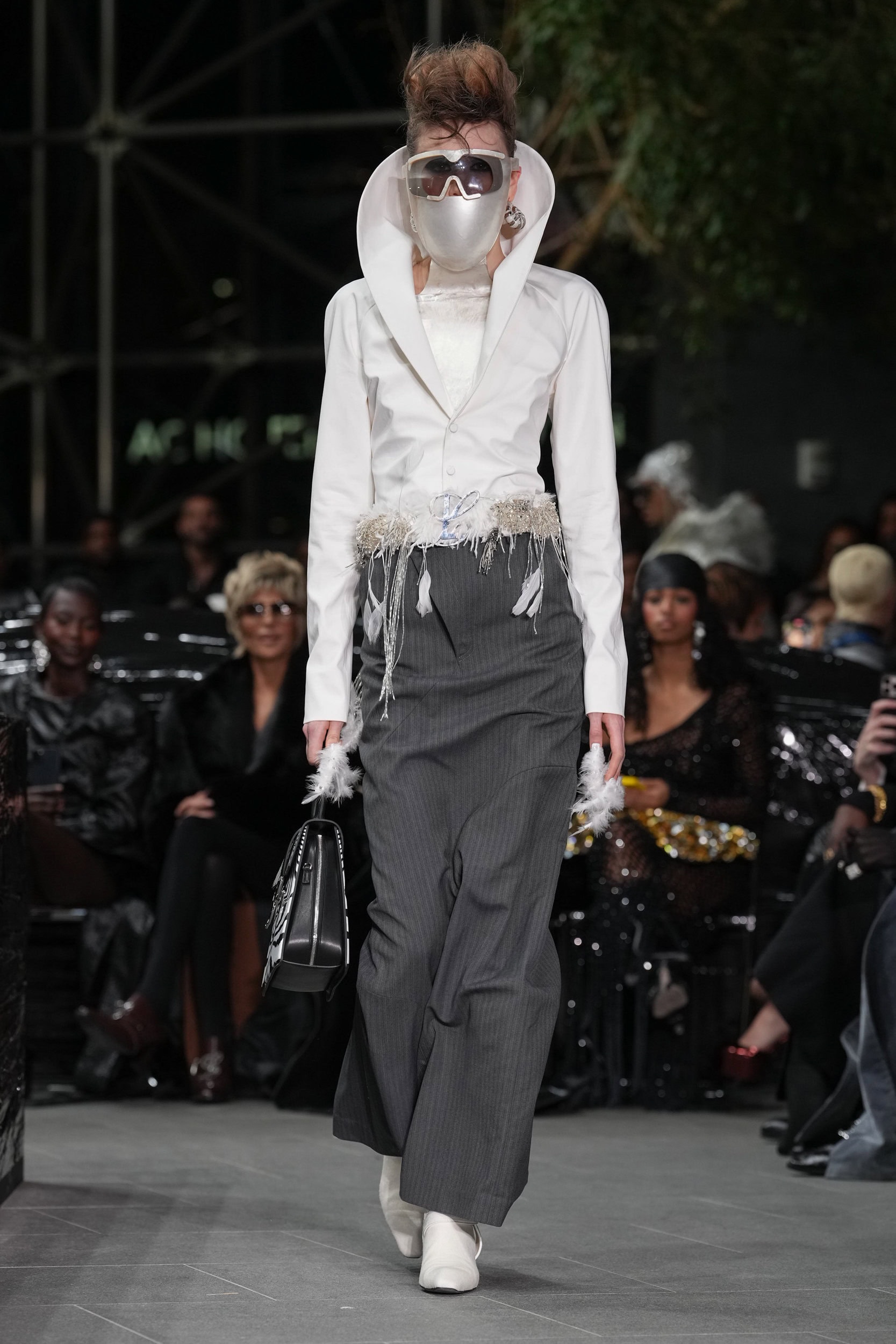
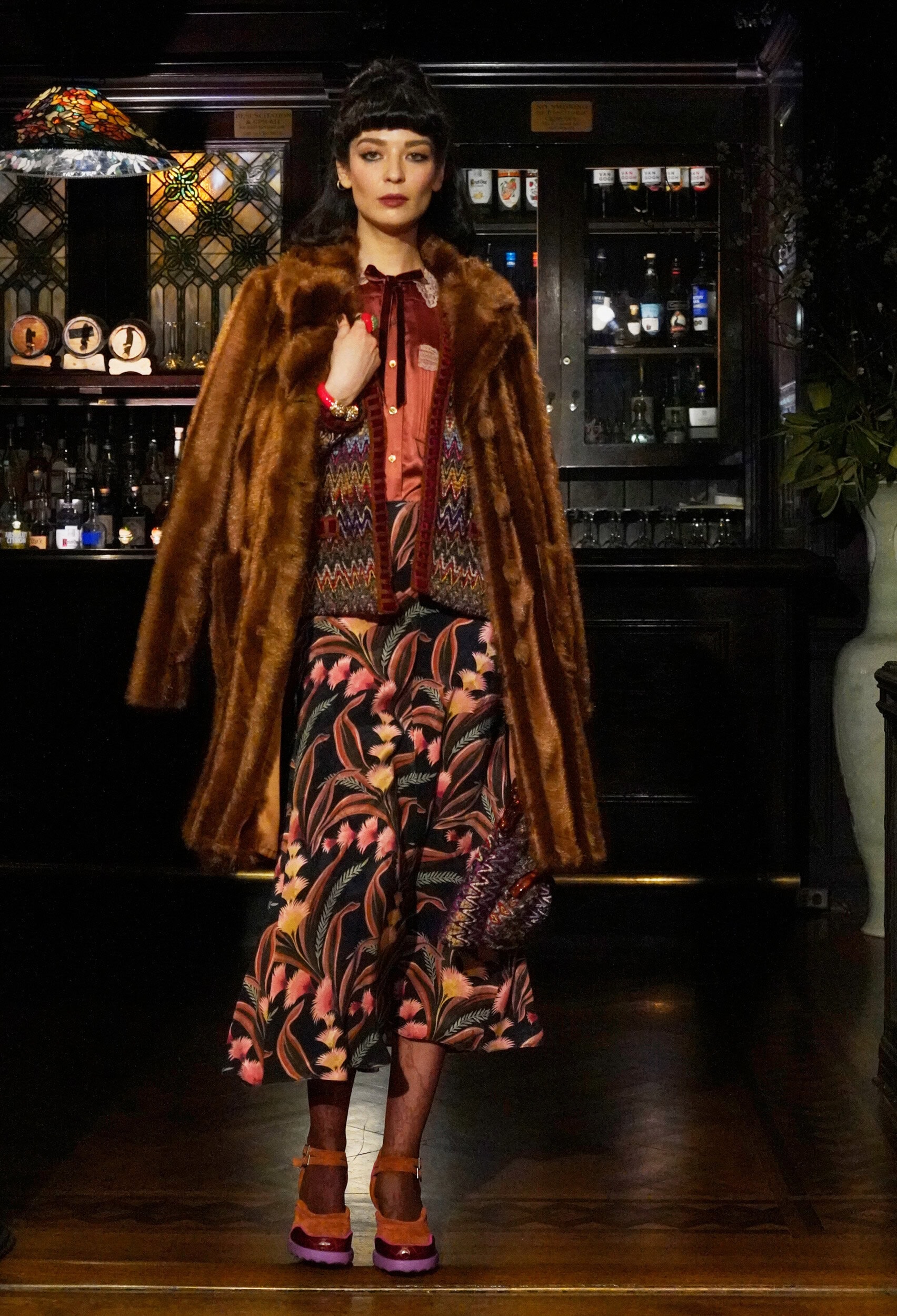
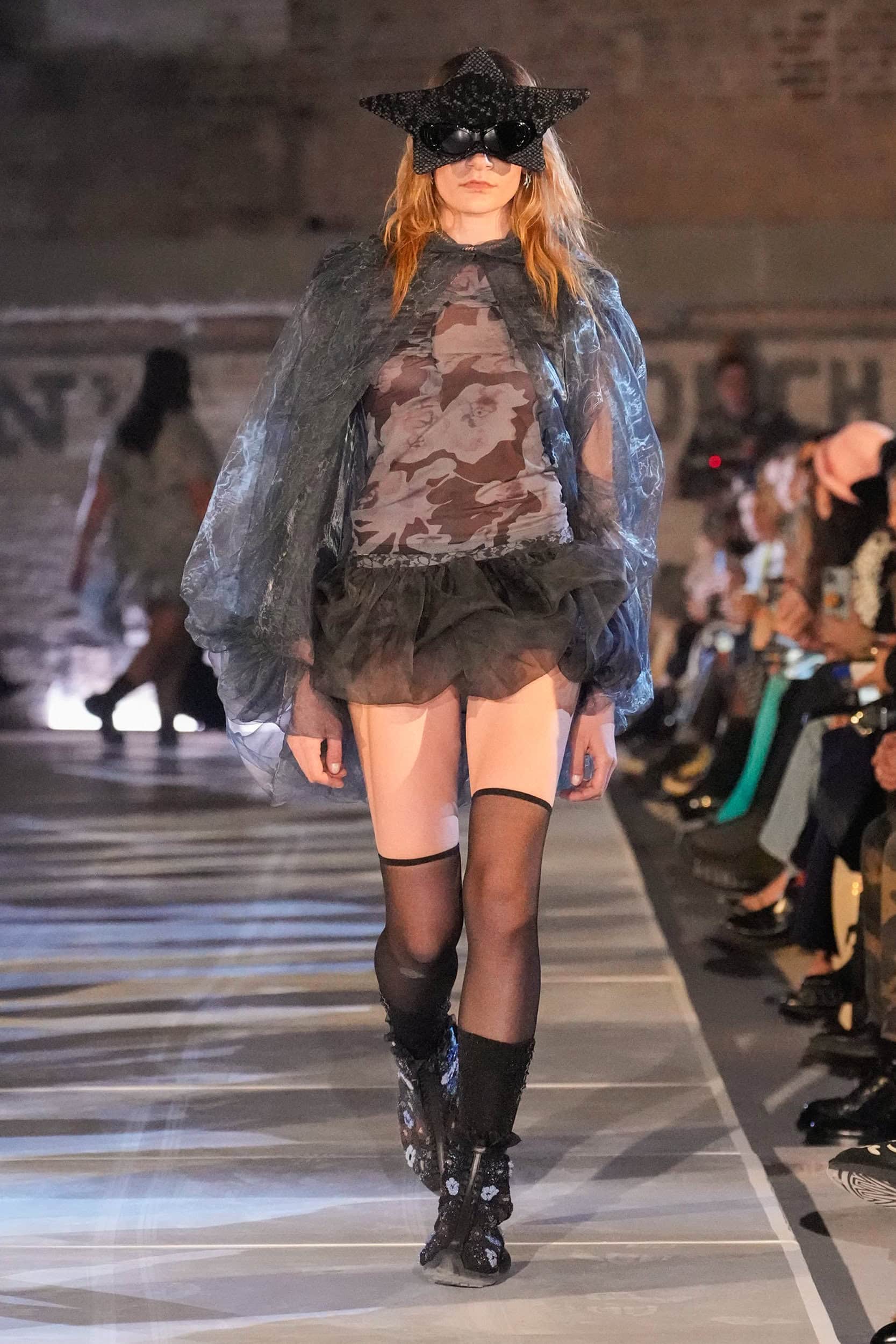
Each of these brands demonstrate that community and creativity will always be key ingredients for success. A rising tide lifts all boats, and dealing with economic downturn will always be a characteristic of any brand in the fashion industry. But that doesn’t have to mean accepting defeat and abandoning the sense of wonder, expression, and creativity that made us all fall in love with fashion in the first place. A strong point of view will always connect with customers.
